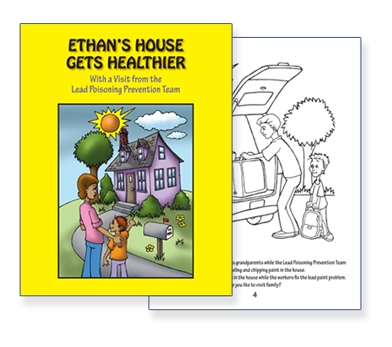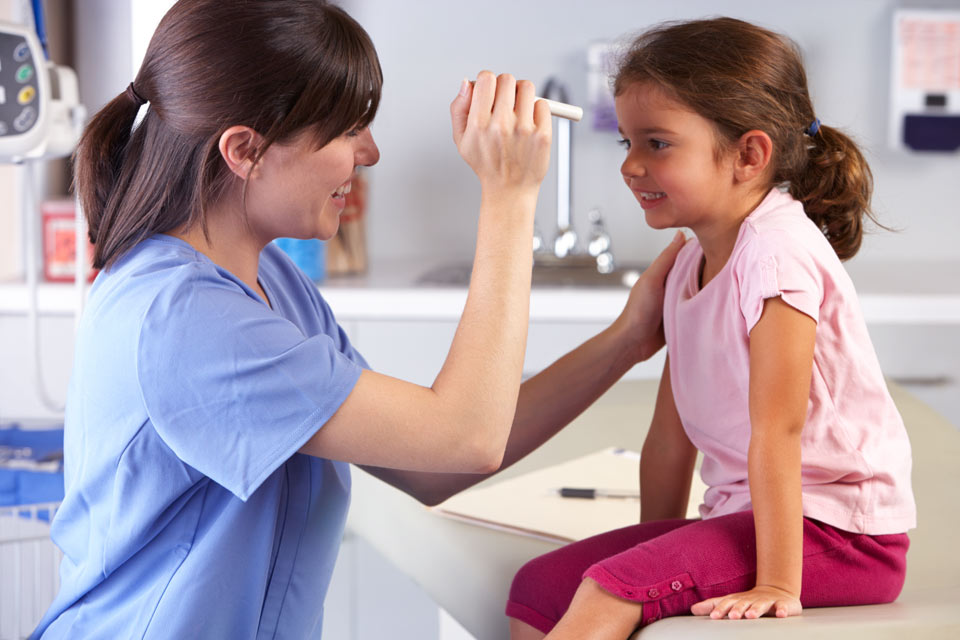Children's Health
Maryland Physician’s Care provides services that help children grow up healthy and happy. It is important for infants, children, and adolescents up to age 21 to receive regular checkups. Regular and routine wellness visits help your provider identify, treat, and prevent health problems. Wellness visits are comprehensive and include medically necessary medical, vision, and hearing assessments and services.
- Well-Child Checkups
- Shots and Immunizations
- Lead Testing and Blood Lead Testing
- Sources of Lead and Lead Poisoning Prevention
- Poison Prevention
- Childhood Nutrition
- Member Handbook
Lead Testing
Lead can be found throughout a child’s environment, especially in soil and paint chips.
Exposure to lead can seriously harm a child’s health and cause well-documented adverse effects such as:
- Damage to the brain and nervous system
- Slowed growth and development
- Learning and behavior problems
- Hearing and speech problems
This can cause:
- Lower IQ
- Decreased ability to pay attention
- Underperformance in school
A blood test is the best readily available way to measure exposure to lead. The amount of lead in blood is referred to as blood lead level, which is measured in micrograms of lead per deciliter of blood (μg/dL).
No safe blood lead level in children has been identified. The good news is that childhood lead poisoning is 100% preventable.






